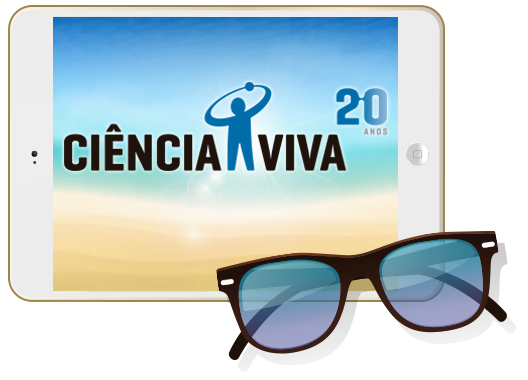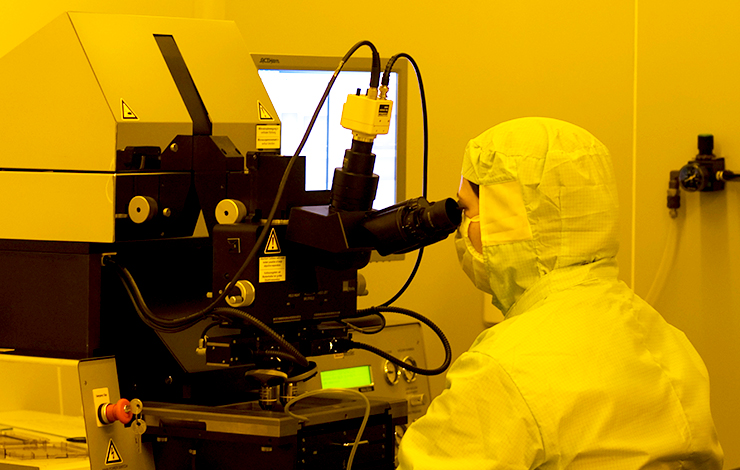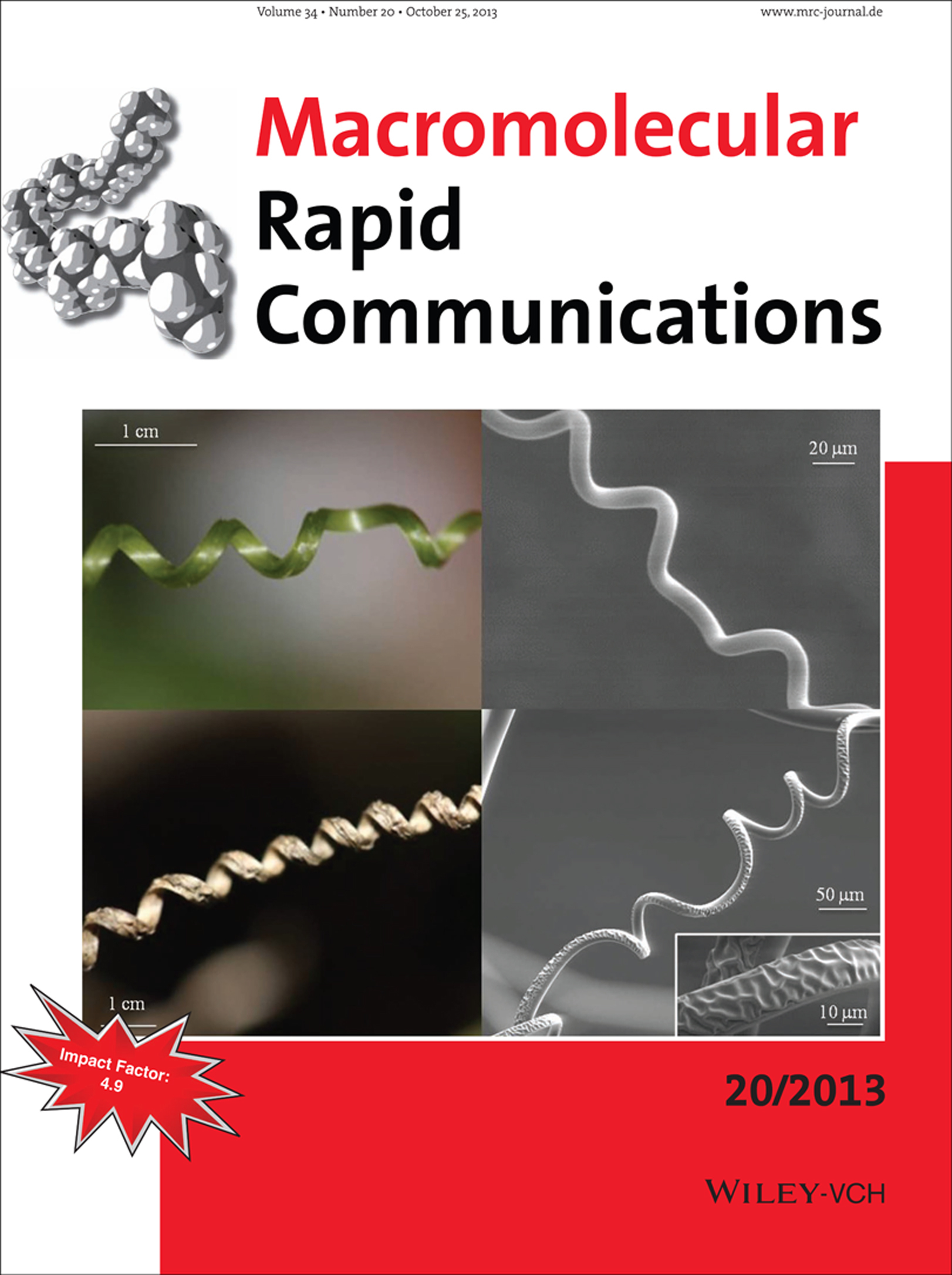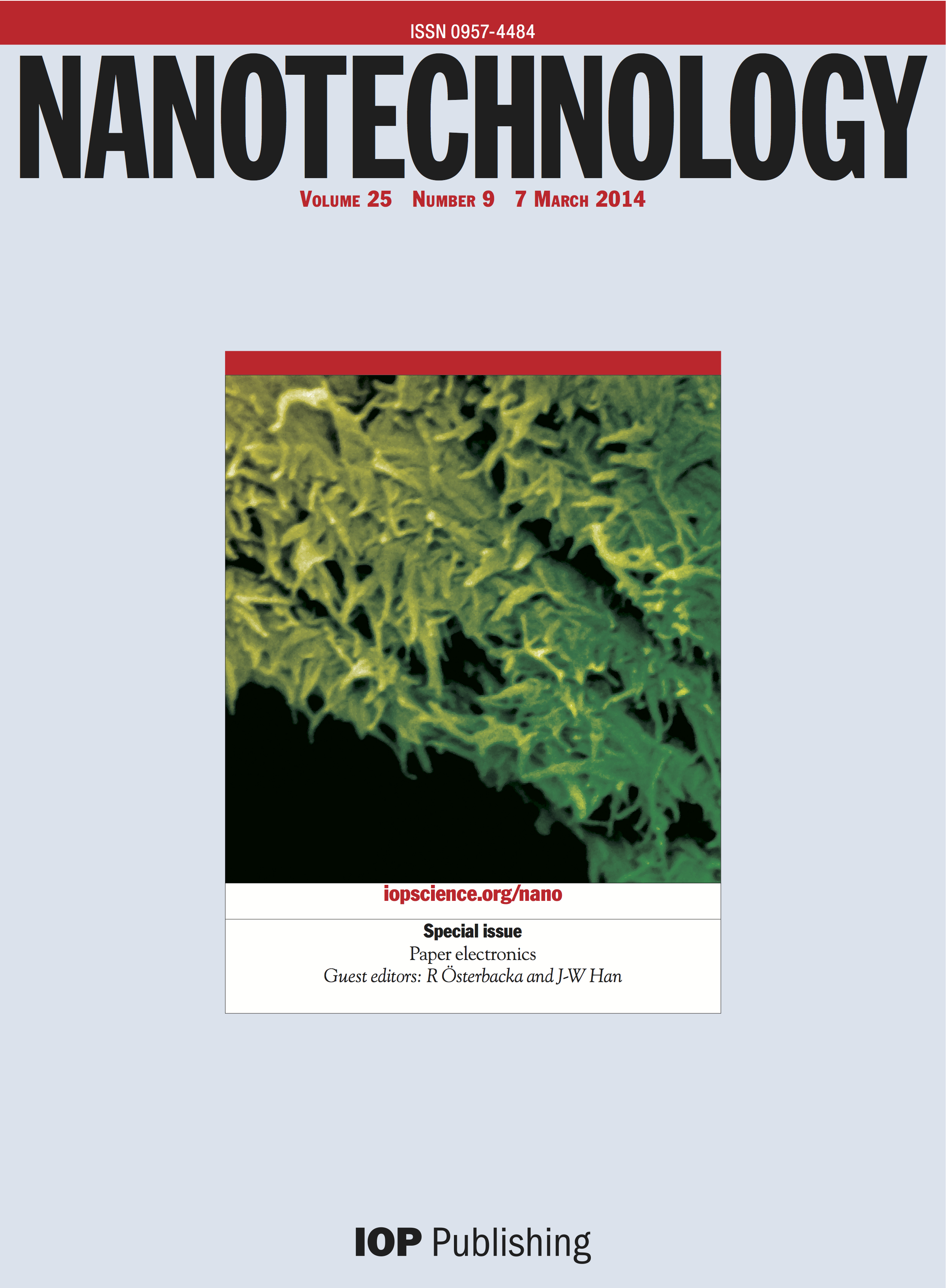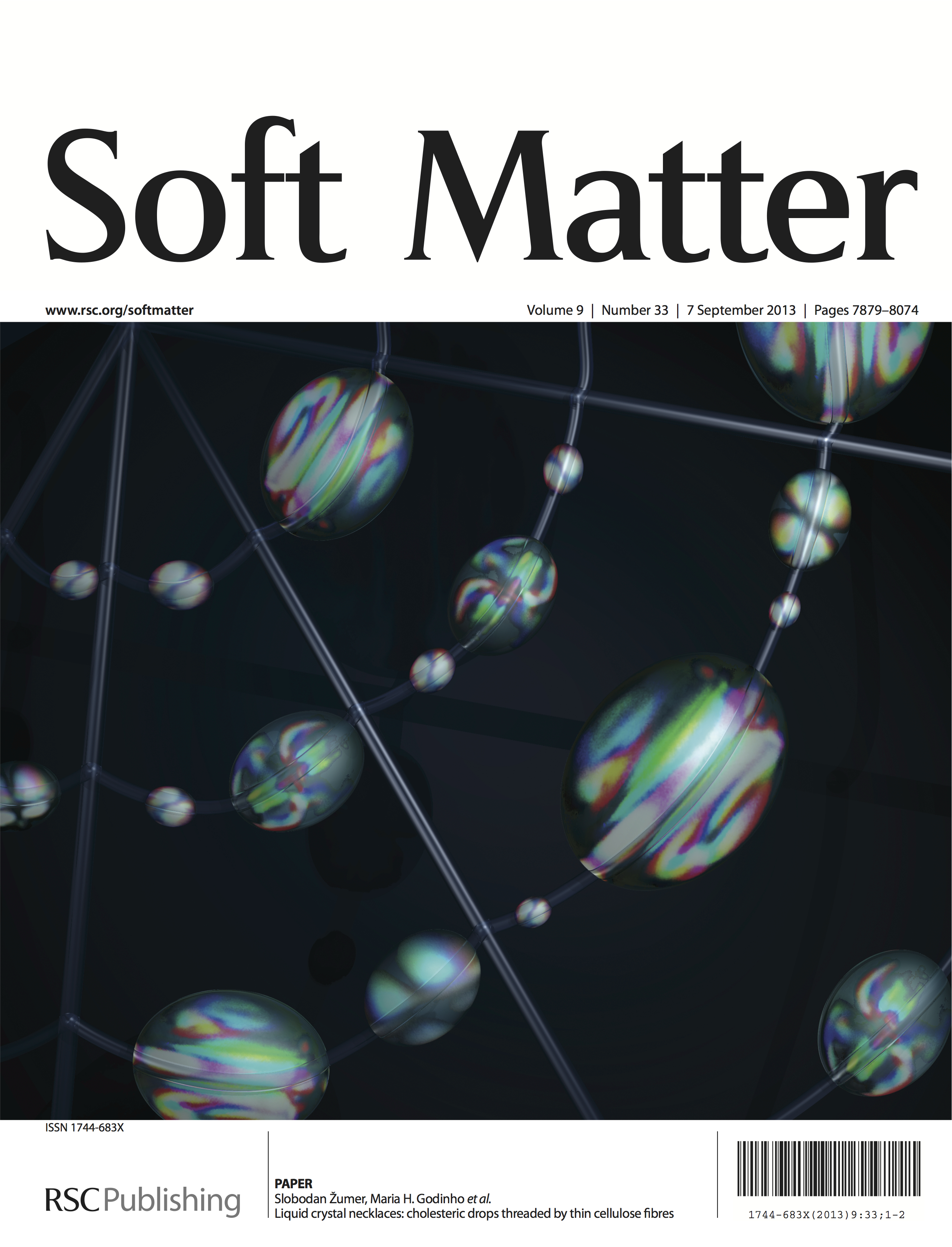


Soft and Biofunctional Materials Group (SBMG)
The Soft and Bio-functional Materials Group focuses its activities in the following main i3N research areas: i. Nanostructures, nanodevices and microsystems, ii. Structural functional and smart materials, and iii. Photonics and Flexible electronics. The group studies concerns cellulose nano objects, liquid crystalline cellulose and liquid crystal based soft systems, colloids, macromolecular systems, electrorheological fluids, elastomeric Janus particles, ionic liquids, poly(ionic liquids) and iongels, biomaterials, injectable hydrogels, cancer theranostics, electrical polarization and charging of polymers and ceramics (by contact and corona poling) applied to hard tissue regeneration, composite materials and devices. Considering the different types of complex fluids and soft materials the group is much involved in the study of their molecular structure, dynamics and flow behaviour. The techniques, which are under the responsibility of the group, are: polarising optical microscopy (POM), tensile and impact testing, Melt Flow Index, rheometry (without and under applied electric fields), Nuclear magnetic resonance (NMR), Rheo-NMR, solid state NMR, magnetic resonance imaging (MRI) and diffusometry, wettability measurements, thin films production (including Langmuir-Blodgett technique), magnetic fluid hyperthermia, extrusion, thermally stimulated depolarization currents (TSDC) and electrospinning.
Nano and micro/biomaterials are used in the development of hybrid materials for biomedical applications: multifunctional magnetic nanoparticles for cancer theranostics, controlled drug delivery systems, bio-batteries and scaffolds for tissue regeneration and bacterial cellulose for biomedical applications. The group works in close collaboration with other groups of I3N (Caparica and Aveiro), other groups/departments within FCT-NOVA, as well as with many groups of foreign institutions (Seville, Huelva, Zaragoza, and Santiago de Compostela, Spain; Montpellier and Paris, France; Utrecht, Netherlands; Rio Grande do Sul, Brazil; Limerick, Ireland; Cambridge, UK; Ljubljana, Slovenia; Kent, US; Bucharest, Romania). The group also has collaborations with the industry, as for instance, RAIZ – Forest and Paper Research Institute, Portucel, PETROBRAS, Infineon Technologies AG.
The SBMG also focuses its activity on biomimetic cellulose-based materials with stimuli-responsive properties allowing the control and detection of chirality at the micro- and nanoscale. The group also performs, (i) research on fundamental properties of liquid crystals, their instabilities and applications, (ii) hydraulic grouts for masonry repair, composition optimization and rheological behaviour, (iii) food emulsions, its processing and rheological behaviour, (iv) the application of iongels and porous poly(ionic liquids) to CO2 capture and tissue engineering, (v) production and optimization of bacterial cellulose mats for biomedical applications such as burn wound dressings.
The SBMG NMR lab is equipped with a 300 MHz spectrometer, Bruker Avance III, focused on solid state and soft matter analysis. The NMR apparatus can couple rheometry with NMR (Rheo-NMR), as well as to perform micro-imaging and diffusion measurements.


